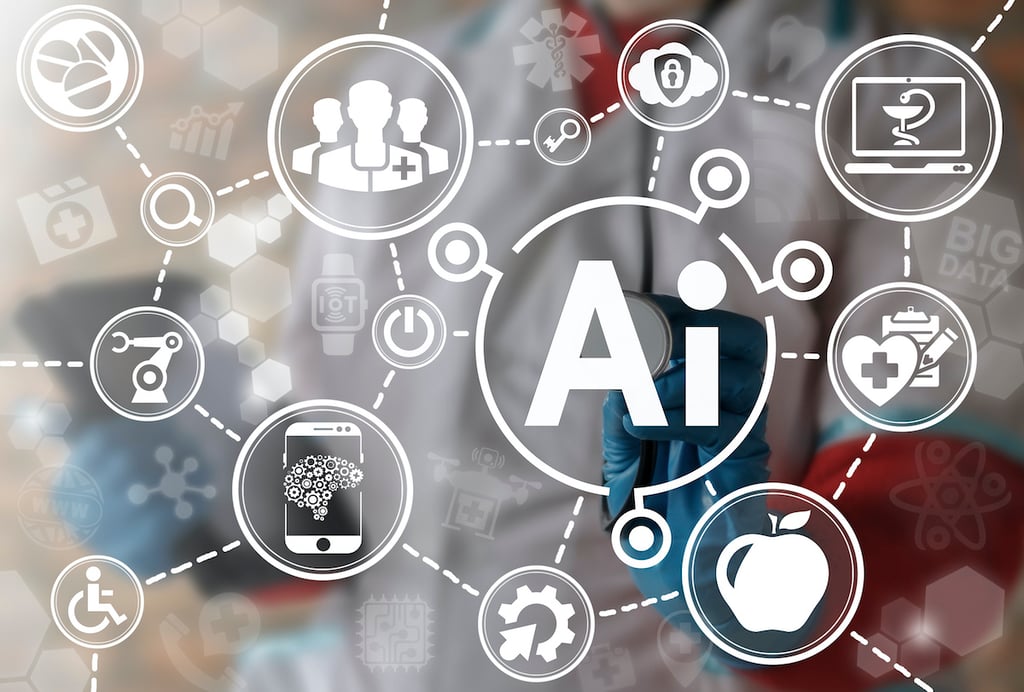For all the talk about artificial intelligence (AI) in the enterprise heading into 2019, the fact remains that successful deployments so far have been rather sparse.
Currently, only about 5 percent of organizations claim to have working AI processes in place, according to Gartner, while a good 20 percent or more say they aren’t even in the planning stage yet. That puts the remaining three-quarters of organizations somewhere in the trial phase, which may or may not produce viable results in the coming year. Indeed, the same Gartner study estimates that 85 percent of all AI initiatives are meeting with failure.
Certainly, there has been no shortage of major AI programs ending up on the scrap heap. Google, for one, has already shelved or greatly curtailed a number of projects, including the Allo messaging app, Google+, the Fusion Tables visualization system and the data analysis system at the heart of the Dragonfly search engine intended to get on the right side of Chinese internet censors. Meanwhile, intelligent security start-up Lighthouse, which was promising to bring intelligent analytics and 3-D sensing technology to the fore, is now history, as is Facebook’s messaging bot known as M.
Nobody said AI was going to be easy, of course, but it makes one wonder why a technology with a record of failure this bad would still have such positive momentum this deep into its development cycle.
Part of the reason for the continuing struggles, suggests Google Cloud’s Cassie Kozyrkov, is that too many people are trying to understand how it works rather than how it can be used. Speaking at the recent AI Summit in New York, she likened it to a consumer trying to take apart and reassemble a microwave when all they want is to heat soup. Rather than pouring resources into the research side of AI, she recommends delving into the applications side, with particular attention going to shoring up data prep to make sure today’s jumble of information can be properly ingested and analyzed to produce accurate, meaningful results. Few organizations are in the AI business, but virtually everyone has a need to leverage AI for the business they are in.
But how, exactly, can the enterprise make best use of AI right now? Individual use cases will vary, of course, but according to IFS Labs’ Bas de Vos, most applications at the outset will fall into three general categories:
- AI Augmentation/Decision Automation – The best use of AI is not to replace humans in the business process but to allow them to make better, more informed decisions. With AI doing the scut work in supply, inventory, market data analysis and a host of other factors, the knowledge workforce has more time to do what it does best: create and innovate.
- Predictive Maintenance and Service – By first tracking systems data to ensure the integrity of both equipment and processes, AI can alert staff to impending issues far more efficiently than current maintenance procedures. And once these systems gain the ability to alter and repair themselves, physical infrastructure becomes more reliable and better able to adapt to changing conditions and objectives.
- Human/System Interaction – Tools like voice recognition and natural language processing will change the way we engage our digital environments. Home devices are already capable of implementing rudimentary voice commands, so going forward we can expect the same for higher-order functions – no specialized knowledge or coding skills required. For now, look to employ this technology in help desks, contact centers and other channels that lend themselves to self-service.
Despite its moniker, AI is not intelligent – it’s just algorithms. Success or failure, therefore, will not be determined by its inherent qualities as a technology, but whether those qualities serve human endeavors in a meaningful way.
If past is prologue, much of what we expect of AI will fail to materialize. But at this point, it seems clear that there is much it can do for the enterprise and the business process in general. Far from taking over, however, it will most likely integrate itself into our daily lives, and probably in ways that are so subtle we won’t even know it’s there.
Arthur Cole writes about infrastructure for IT Business Edge. Cole has been covering the high-tech media and computing industries for more than 20 years, having served as editor of TV Technology, Video Technology News, Internet News and Multimedia Weekly. His contributions have appeared in Communications Today and Enterprise Networking Planet and as web content for numerous high-tech clients like TwinStrata and Carpathia. Follow Art on Twitter @acole602.










